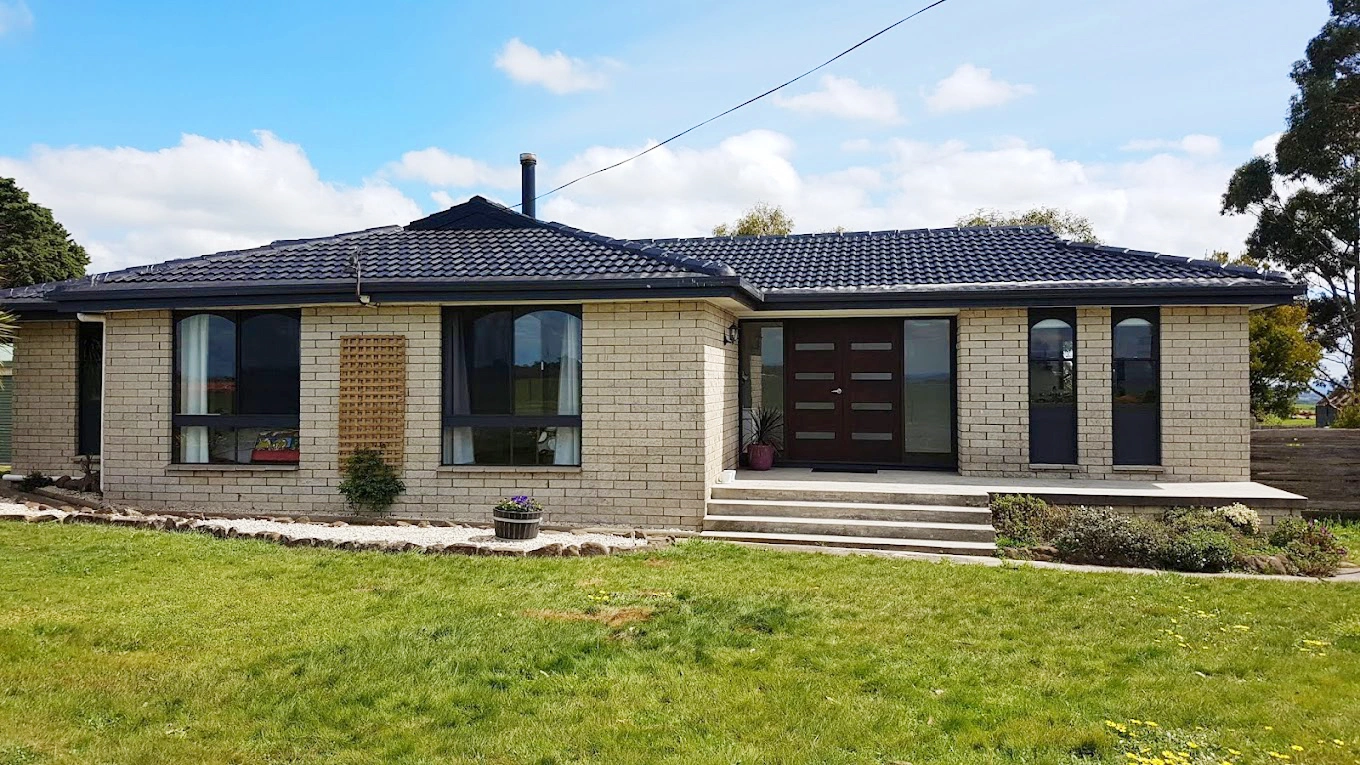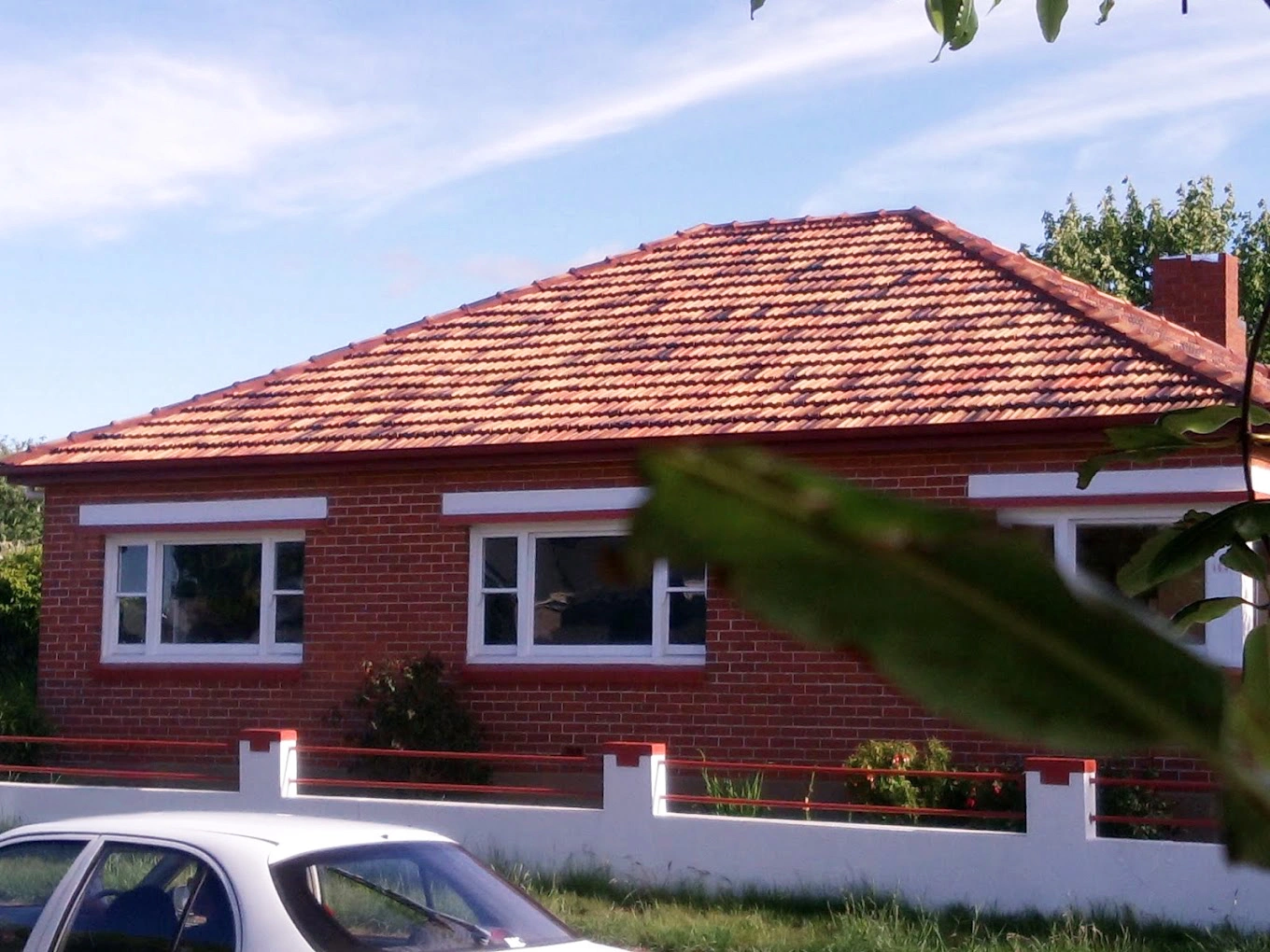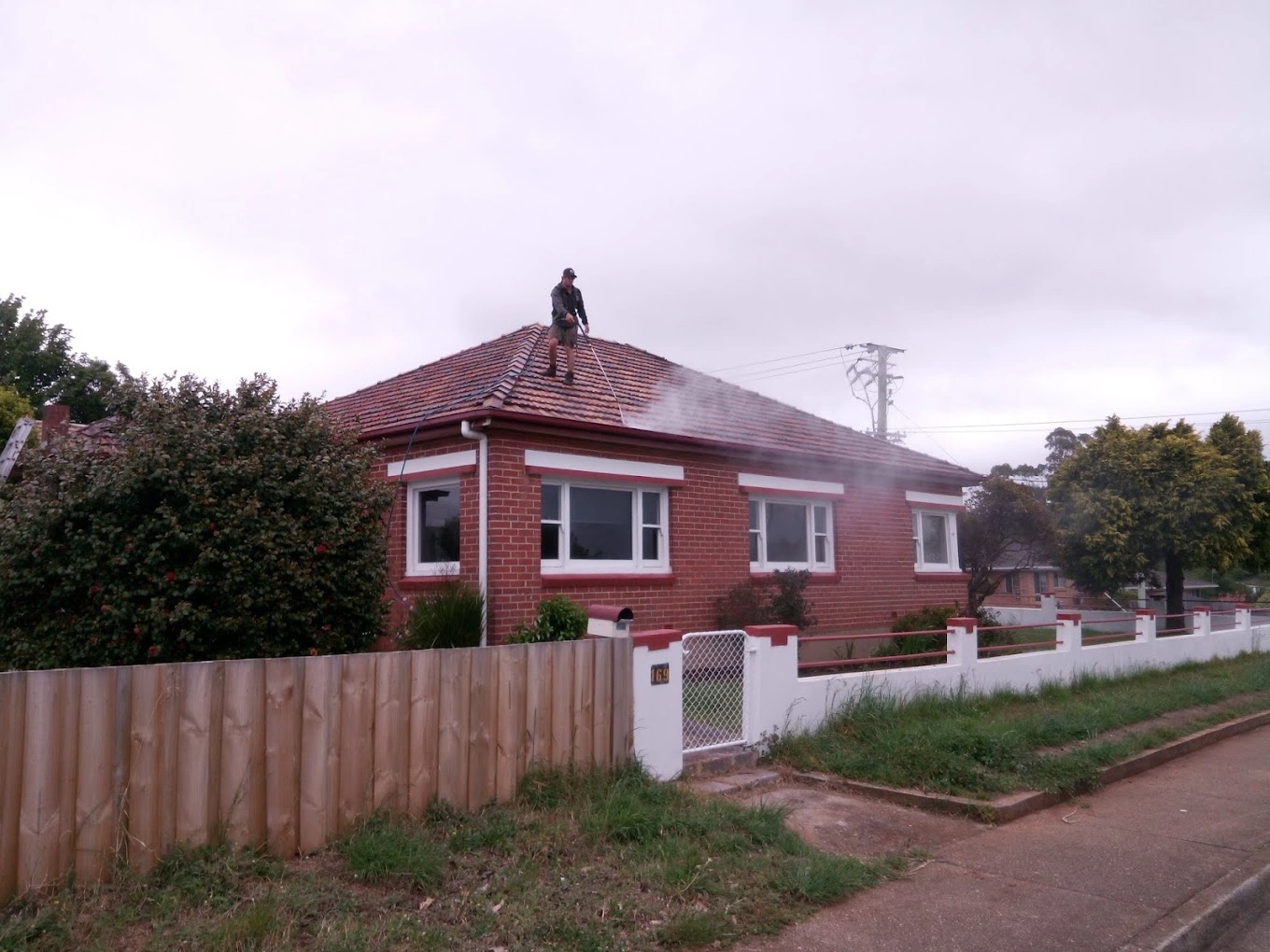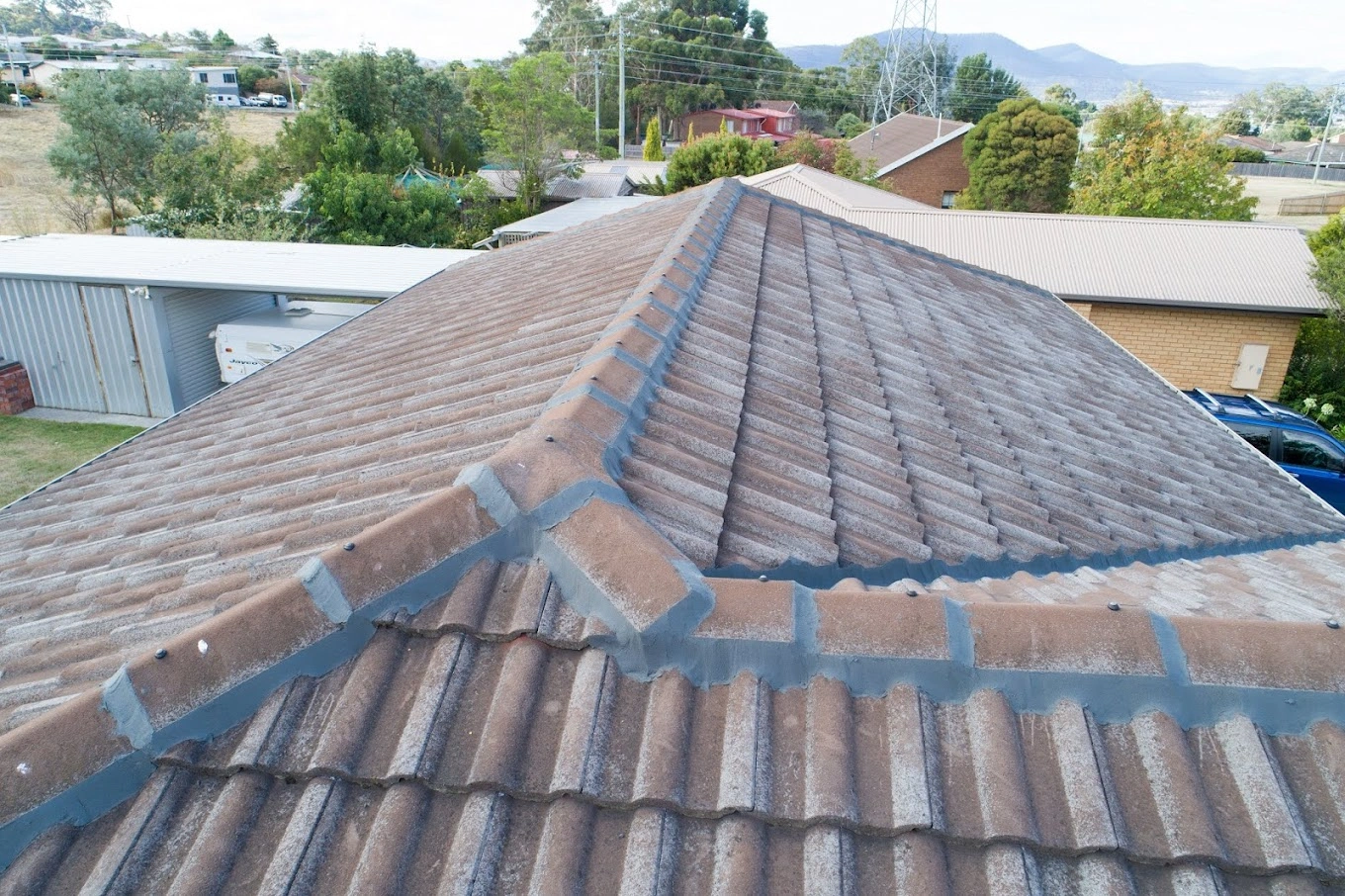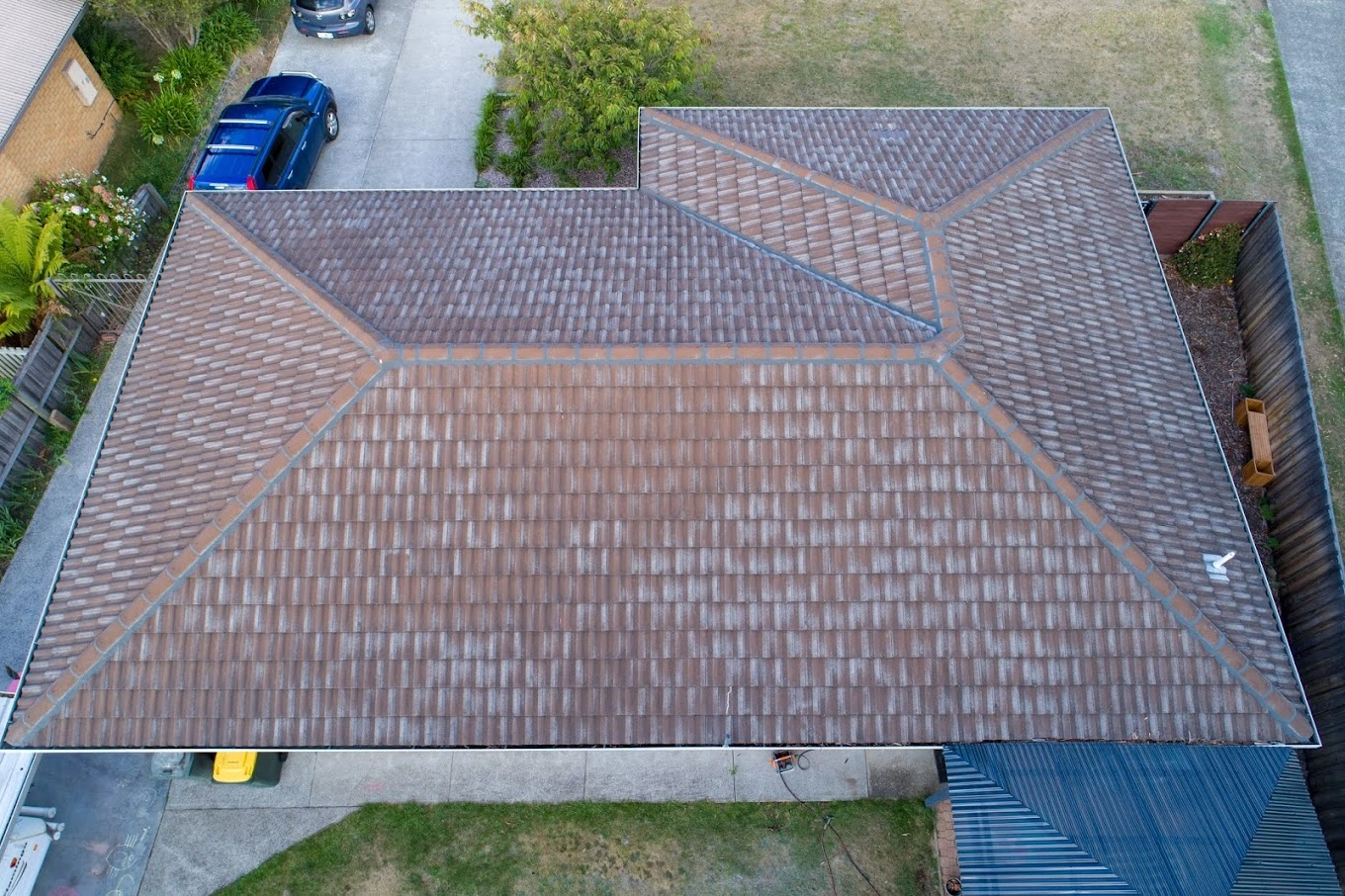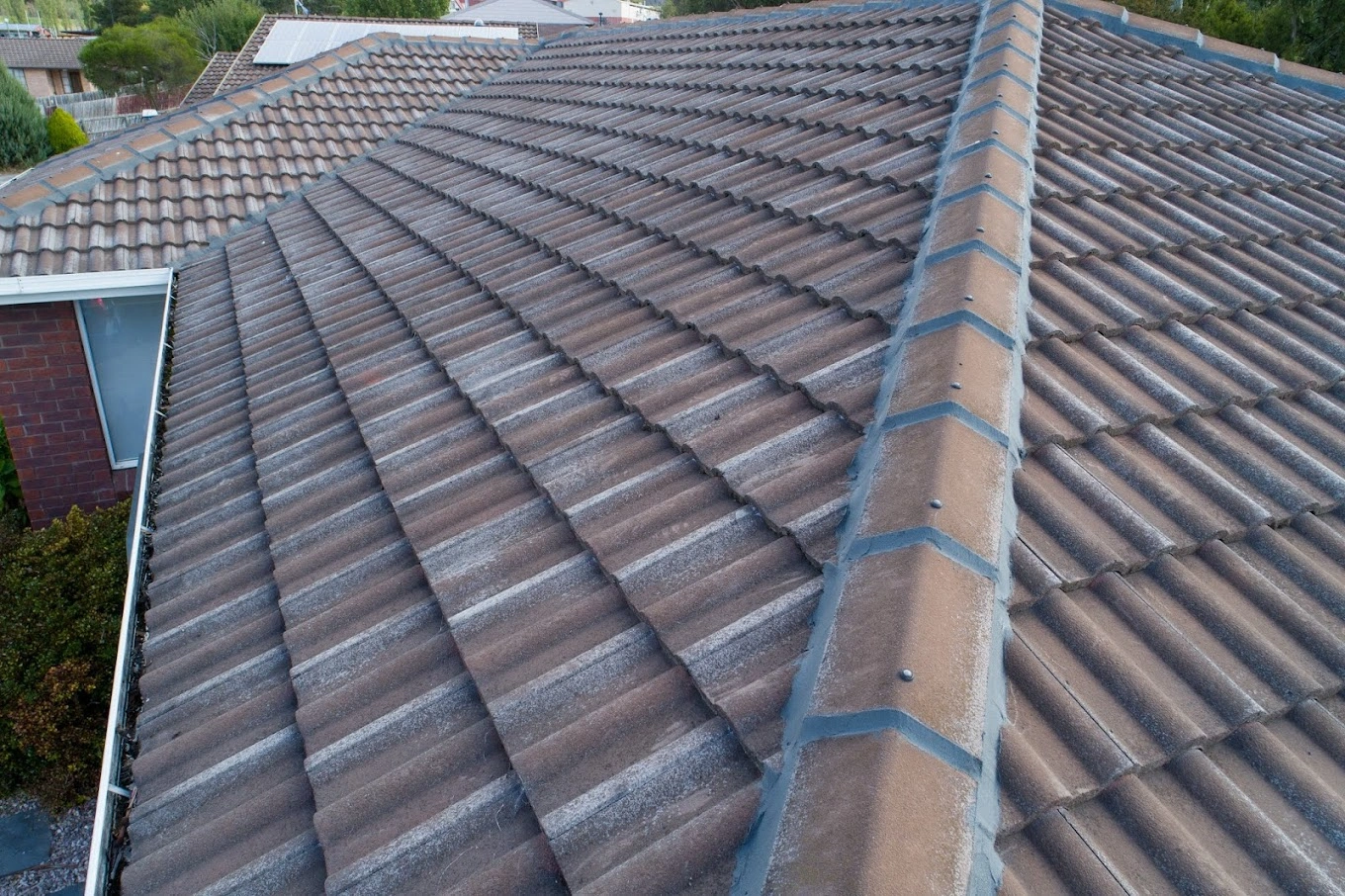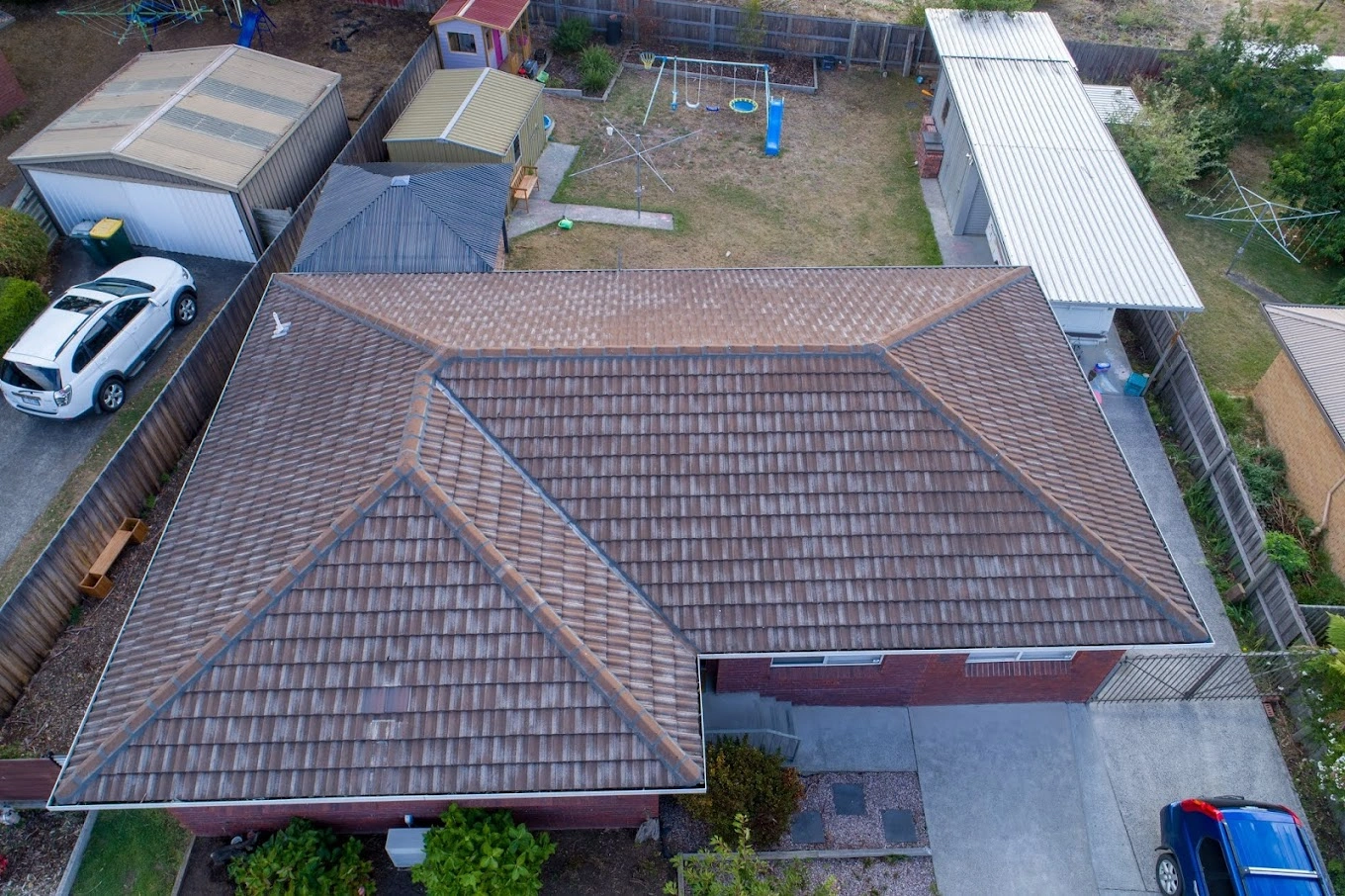Rebedding and Repointing Services
Preserve the strength and performance of your roof with RDW Roofing’s cost-effective rebedding and repointing solutions. Specialising in addressing one of the most important sections of your roof, rest assured your home will remain secure and well-kept under the expertise of our professional roofing team.
We work hard to provide our clients with cost-effective services. RDW proudly offers you licensed roofing services at highly competitive prices.
Operating with integrity and maintaining consistent communication throughout your project, we always aim to offer an affordable and appropriate solution.
We take pride in our work and ensure our client’s satisfaction. All our roofing work is completed with precision and attention to detail.
Operating since 2013, our team has seen it all, completing hundreds of roof maintenance repair and repair projects across Launceston, Hobart, Devonport, and North-West Tasmania.
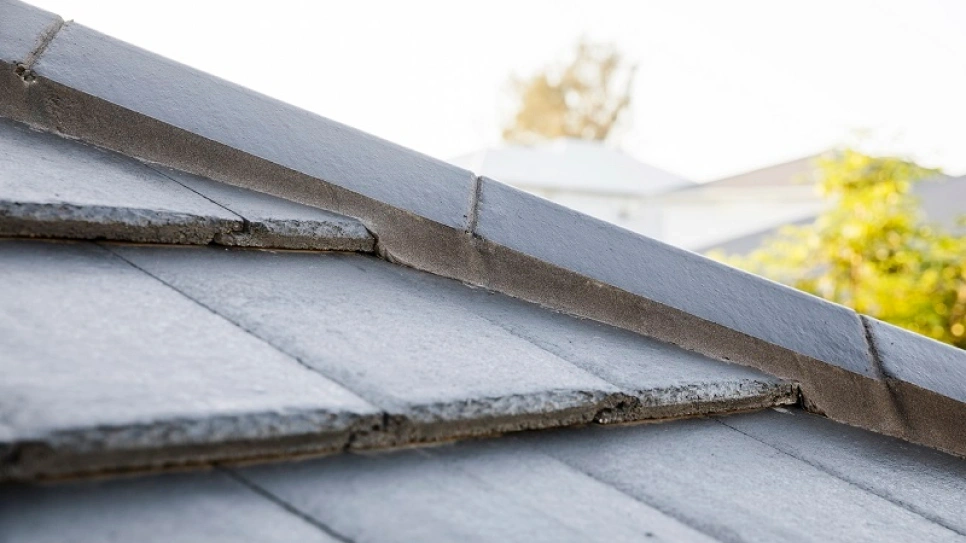
The Importance of Bedding and Pointing
Bedding and pointing are two of the most fundamental processes when it comes to building a new tiled roof or restoring an old one. While a talented roofer makes this look easy, this fundamental skill takes years to master and complete correctly.
Well-completed bedding and pointing can make or break a roof. When completed correctly, bedding ensures that tile caps are securely fastened, reducing the risk of leaks and tile displacement caused by mechanical stress. On the other hand, quality pointing enhances this security by adding a flexible, weather-resistant layer of mortar that keeps your tile caps firmly secured on your roof’s ridge. Together, these processes ensure your roof looks great while remaining watertight and structurally sound.
Working with RDW Roofing means entrusting your home to a team renowned for its expertise and commitment to quality. With a licensed & insured team that pride themselves on attention to detail and quality craftsmanship, here’s why homeowners should consider RDW Roofing:
- Comprehensive Service Approach: We offer an end-to-end process that covers every aspect of your roof. Not only are we skilled in rebedding and repointing, but we can also complete any roofing repair, maintenance, cleaning, or painting project your roof may require.
- Highly Skilled Professional Team: Our highly talented roofers are focused on delivering quality craftsmanship and ensuring customer satisfaction at every project stage.
- We Invest in the Best: We use only the best materials for rebedding and repointing, ensuring your roof looks great and is structurally sound and durable. Our commitment to using high-quality materials extends to every roofing job we complete.
- Honesty and Transparency: At RDW Roofing, we believe in an honest and transparent approach. We provide clear, accurate assessments and recommendations, ensuring you receive the best possible solution for your roof.
- Wide Service Area: Our capacity to service a broad area, including Hobart, Launceston, Devonport, Burnie, and surrounding regions, means more homeowners can access our top-tier roofing services.
Choosing RDW Roofing for your rebedding and repointing ensures that your roof is in capable hands, receiving the highest standard of care and expertise.
Rebedding refers to the process of renewing the mortar that holds the ridge caps of your roof in place. Over time, the mortar can deteriorate due to factors such as ageing, weather exposure, mechanical stress, and moss overgrowth, leading to loose or dislodged caps.
The old mortar is removed during re-bedding, and the underlying tiles are thoroughly cleaned to make way for new, fresh mortar. The caps are then carefully and uniformly placed on your roof’s ridge over new mortar. This process is vital for maintaining the roof’s structural stability and ensuring that it remains weatherproof.
What is Repointing?
Repointing is applying a flexible material pointing mortar (typically a combined sand and plasticiser-based compound) placed over the new mortar used in rebedding. Pointing helps seal the bedding mortar and allows the ridge caps to bind firmly to your roof tiles.
Repointing provides an additional layer of protection against water ingress and weather damage. Unlike standard, over-the-counter mortars, the pointing mixture is designed to be flexible and withstand the natural expansion and contraction of the roof structure due to temperature changes, making it more durable and long-lasting.
How Often Should my Roof Undergo Rebedding & Repointing?
It’s hard to say as it comes down to the quality of execution of the original bedding and pointing, as well as your location, which will affect weather conditions. It’s typically advised to have your roof checked for periodic maintenance every 10 to 15 years to determine if your roof needs a touch-up.
Can Pointing be Completed Without Rebedding?
Yes, repointing can be completed independently of rebedding, but it’s crucial to first have the current bedding assessed by a licensed roofer; your expert will determine if your bedding mortar is still in good condition and qualifies for pointing only. If the existing mortar is deteriorated, it may be more effective to replace it rather than repoint it completely.
How Long Does It Take?
The time taken for rebedding and repointing varies based on several factors, including the roof’s size and complexity and any required additional repairs. We can typically complete the job within a day or two for simple jobs that don’t require an extensive restoration.
Rebedding and repointing is a necessary component of a well-maintained roof. Should your roof’s pointing (or bedding) become compromised, it can make your home more vulnerable to water ingress, potentially leading to hefty repair costs.
Here are a few of the most common indicators that your roof’s ridge caps may need repairing or repointing:
- Cracked or Deteriorating Mortar: Visible signs of mortar degradation (such as cracking or crumbling) are common signs your pointing (and possibly your bedding) need a touch-up.
- Loose or Displaced Tile Caps: If tiles are not firmly in place, it’s often due to failing bedding and should be addressed ASAP.
- Water Leaks: Leaks in the home can signify compromised mortar, allowing water to penetrate through gaps.
- Mould or Water Stains Inside: These can indicate water intrusion due to inadequate pointing and/or deteriorated bedding.
- Audible Tile Movement: Sounds of shifting or loose tiles during windy conditions can indicate your roof’s bedding has deteriorated.
- Granules or Debris in Gutters: Broken-down mortar can sometimes be found in the gutter system, indicating your caps may need rebedding and repointing.
Make An Informed Decision for Your Roof
With high-quality tiles, a fresh new roof offers excellent reflective properties to prevent UV light from penetrating your home, keeping you comfortable and temperate.
Your tiles are a physical barrier for falling trees, hail, or pests such as rats, possums, and birds from nesting in your attic. An uncompromised roof also protects your insulation.
Your roof is an essential barrier to the external environment, working in tangent with your ventilation to prevent pollutants and allergens from entering your living space.
With many residential building inspections failing on the roof, a new roof adds significant value to your home.
An immediate consideration is that foot traffic, including gutter cleaning, solar installations, etc., can cause roof tile cracks. A qualified roofer can immediately replace cracked tiles before any further damage starts.
Within as soon as ten years, the pointing of your roof can start showing signs of cracking (further worsened by foot traffic). A quick pointing touch-up is a simple way to prevent further damage.
Within ten years, the first signs of moss and lichen will start to show (particularly in moist environments). A periodic powerwash is the best way to keep your roof looking fresh.
Usually one of the first things to go, your ridge cap end tile can start to feel the weight of gravity and begin to slide. This is an easy fix at this stage.
More extensively cracked and peeling ridge pointing will start to show, exposing the mortar under your hip tiles (ridge caps). Should you address the issue soon enough, a qualified roofer could save the bedding with a cost-effective pointing touch-up.
Your roof’s flashings can become dislodged over time and may need replacement. A simple installation of a lead-free, adhesive flashing is a cost-effective way to prevent further damage.
At a minimum, we recommend a roofing inspection of your roof to have any routine maintenance complete and ensure your roof is in functional condition.
Moss and lichen will continue to grow, making your roof look lacklustre and contributing to cracking of your pointing. A simple roof clean by an expert is a great way to nip this issue in the bud.
If your end ridge tile is not addressed soon, it can continue to slide and allow the tiles it sits on to begin to slide into your gutter.
Ridge caps are likely loose at this point. When this occurs, complete cleaning and replacing bedding cement is required to ensure the ridges are refastened and stay in place.
If left unattended, the pointing of your ridge caps (at a bare minimum) needs replacing to keep your ridge caps secure.
With age, all roofs will lose their colour/glaze. Restoring this is for cosmetic purposes, but when all maintenance is completed, followed by re-sealing and painting, it will add a new lease of life to an old, bland roof.
By this stage, your end cap could have continued to slide off, leaving no weight on its under tiles. This not only looks terrible but also allows water ingress.
At this point, your roof may be beyond repair. Moss could have penetrated under your tiles, unattended mechanical stress could leave your tiles riddled with cracks, and your ridge caps likely need complete repair. Unfortunately, complete reroofing may be the only solution.
The roof tiles are designed to allow rain to run freely off your roof and into your gutter to prevent pooling on your roof’s surface.
Your roof’s valleys act as a securely sealed, free-flowing channel to allow stormwater to run seamlessly into your gutters.
The ridges of your roof are fastened with bedding cement and sealed with pointing mortar to prevent water ingress.
Flashings are small pieces of metal placed around your roof’s joints to act as a tight and secure waterproofing barrier.
Strong winds caused by storms can dislodge valley tiles. Having an expert roofer clip these back into place is an easy and cost-effective way to avoid further damage.
Within ten years, debris and organic matter will start to fill in your gutter, increasing the chances of rust and water overflow. A simple, quick emptying of your gutter is the best way to avoid any issues.
Any cracked and unattended pointing will start to make your roof vulnerable to water ingress, with a high chance of leaks beginning to move through your ceiling and into your attic.
Flashings aged 20 years are highly sensitive to wind gusts, proving a prime access point for water infiltration.
At the 20-year mark, multiple roof tiles are likely to become dislodged. Having an expert lock them in place is a simple way to prevent leaks.
At this point, unattended leaks are already soaking your ceiling insulation, making it an excellent breeding ground for mould and rendering the insulation effectively useless.
If exposed to moisture, your ceiling insulation has heavily degraded and is likely full of mould. Degraded insulation is an excellent breeding ground for mould and could be promptly replaced to keep your indoor space healthy and comfortable.
Unattended ridge caps with deteriorated pointing and bedding are a leading reason for water ingress and leaks coming through your ceiling.
Any unattended leaks will show on your ceiling and walls as yellow stains and mould. An expert professionally treating your home for mould and water stains is costly…
Unattended leaks are a significant electrical hazard and could be dripping onto electricals. If exposed to water, this poses a considerable fire risk and likely needs complete replacement.
An unattended roof will likely allow multiple entry points for water ingress into your ceiling. Wood rot of your trusses could be a significant issue at this point, and the plaster of your ceiling may need complete replacement.
thousands of happy customers
“Team were extremely professional. Communication was excellent. They transformed my ugly, eyesore of a rusty roof into a thing of beauty. I can’t recommend them highly enough.”
Kevin S.
“Our tired roof has a new lease of life plus no leaks and also no uninvited possums and birds nests. From the start there was great communication from Ryan and a comprehensive quote. I got regular updates on when the work men would be at my house and what they would be doing each day. Cleaned up the mess very well and the price came in under what was quoted, which was a huge bonus. Would recommend to anyone.”
Marilyn B., Homeowner
“RDW Roofing were just brilliant. We are so happy with the way our house, shed and garage roof turned out. It went from tired, faded and flaky to looking like a new roof! The whole team has done an excellent job – thorough, professional, efficient and respectful – they obviously take pride in their work and rightly so. Matthew in particular has been fantastic to have on site. Thank you so much.”
Karen A.
“RDW Roofing and Ryan responded brilliantly to our need to have an old 1930 tile roof repaired and restored. We chose to have the roof cleaned, repaired and re-pointed, and the results speak for themselves. Great communication, arrived on time, professional service […] and tidied up after themselves. Honest quote, came in at less than estimated. Would recommend to all.”
Mat R., Homeowner
“Great service. Professional operators with sensational attitude and attention to detail. Top job thanks”
Terrence F.
“RDW Roofing did an excellent job at repointing the ridge capping and valley on our tiled roof, very professional using quality Selly’s products. Very happy with the outcome and would recommend RDW Roofing to others. Next on the list when we are ready is to give it a fresh paint, i know who i will be calling!”
Craig G., Homeowner
“I found the team at RDW Roofing to be thoroughly professional, courteous and happy to adapt to any changes. The result is a fantastic looking roof which has made a real difference to the appearance of my house. Very happy indeed and recommend them to anyone”
Andrew H., Homeowner














